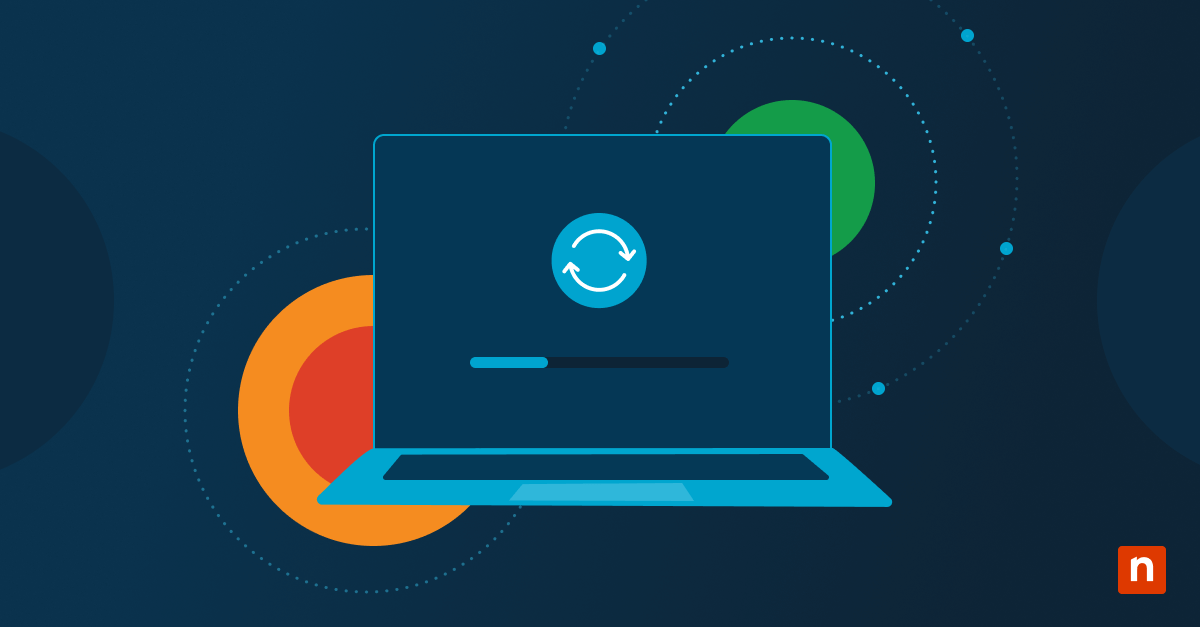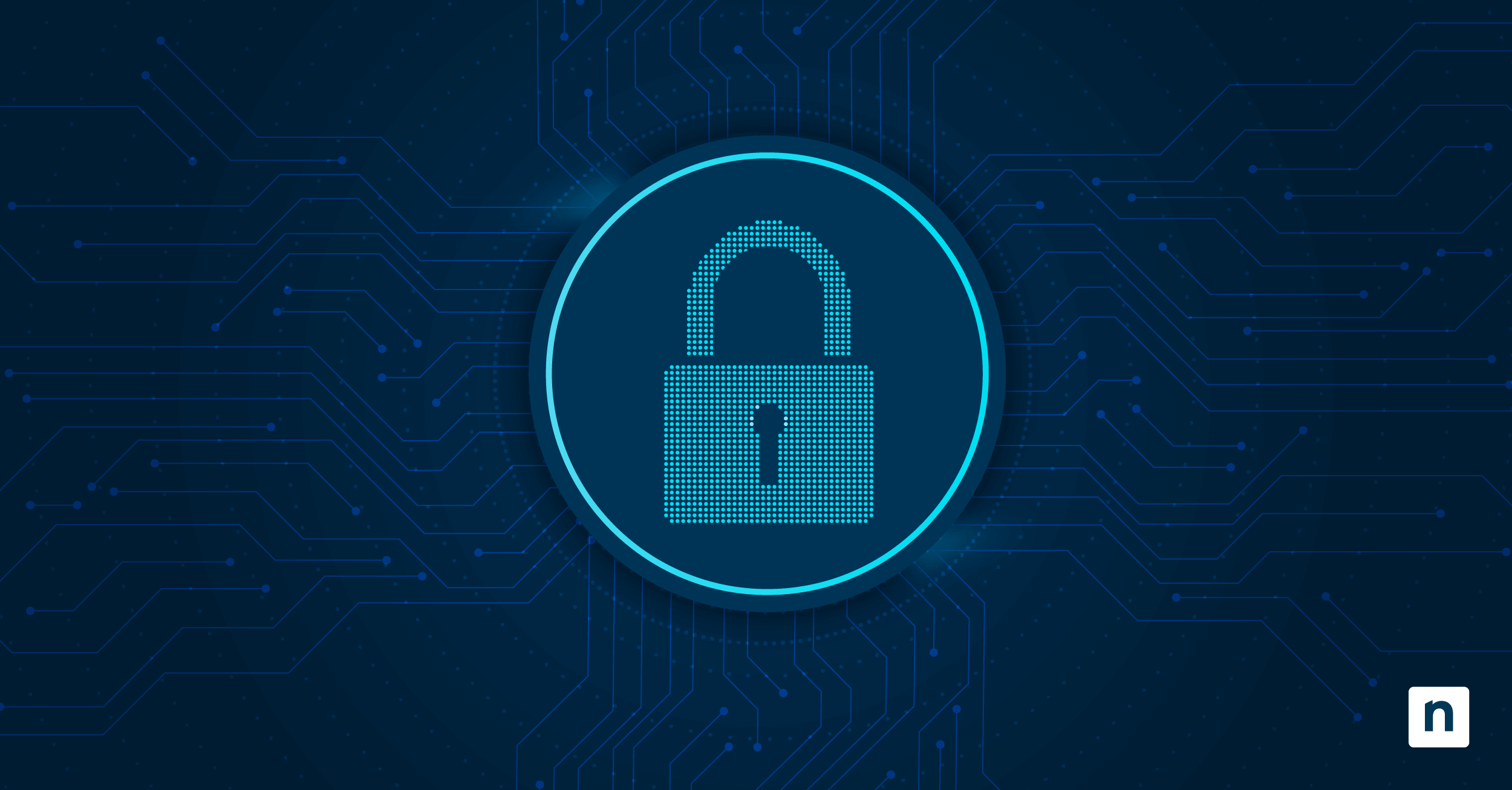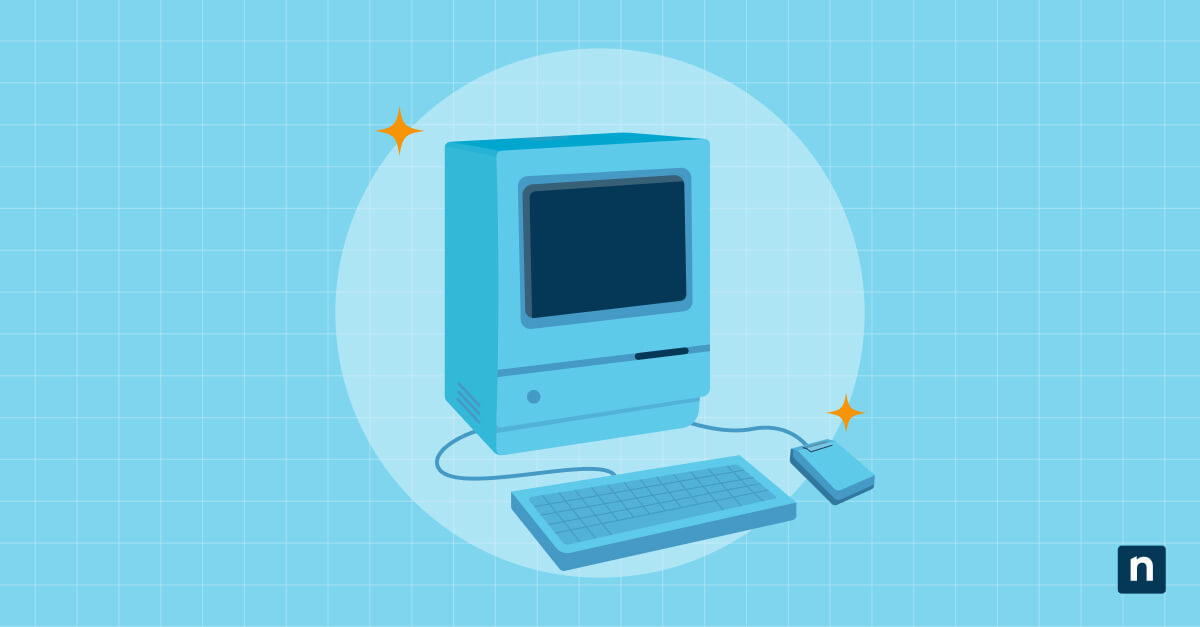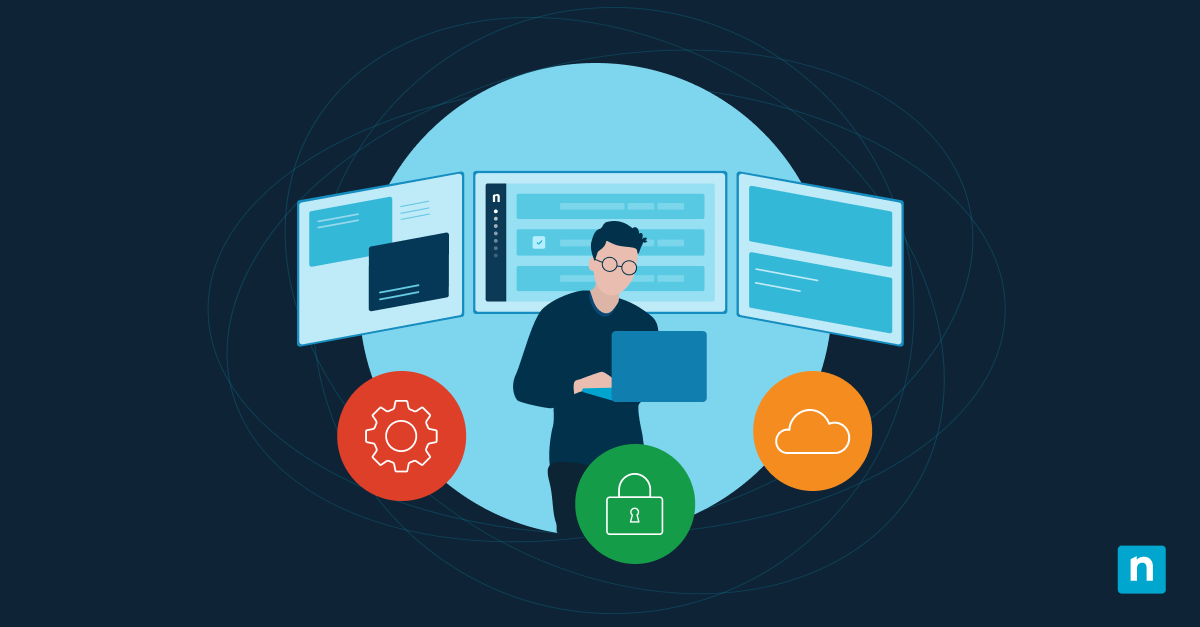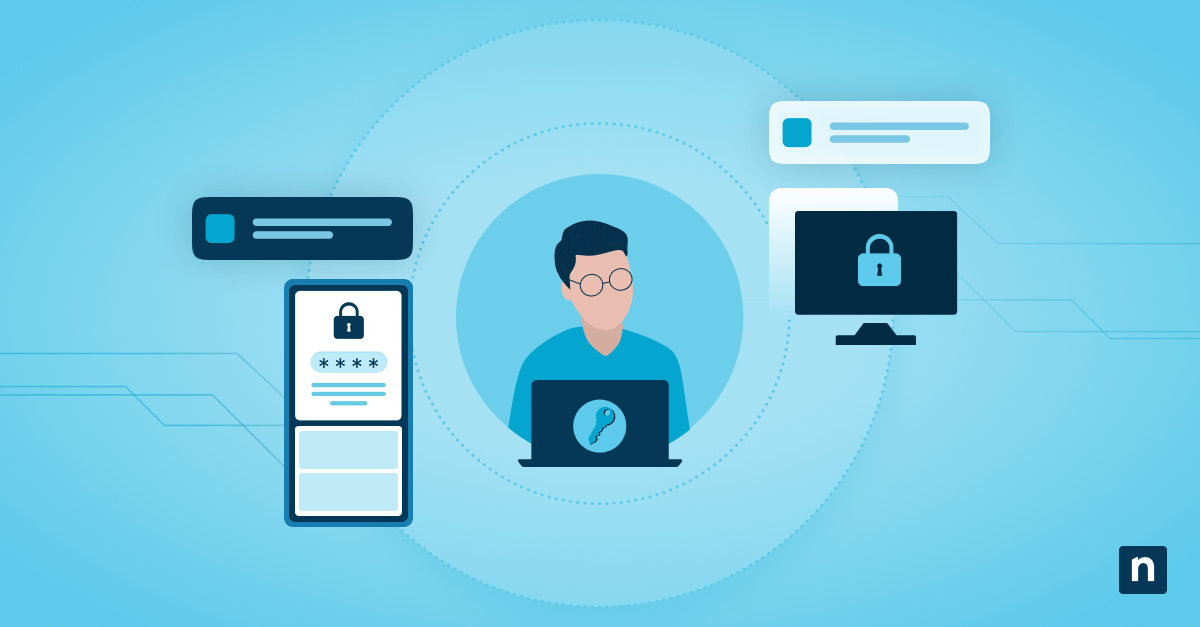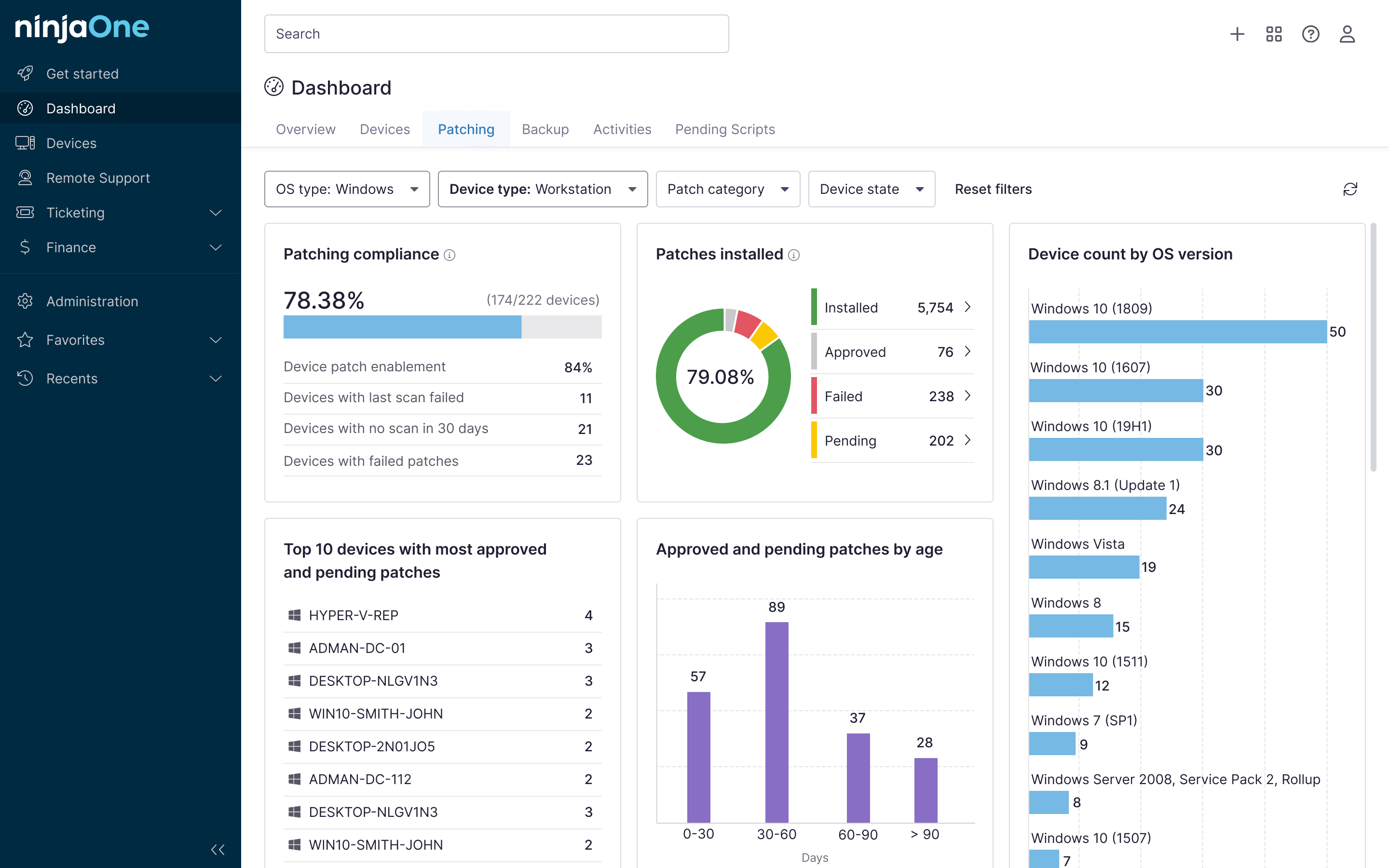The “Open in Windows Terminal” context menu in Windows 10 lets you open files with Microsoft’s unified command tool. While modern features make it a must-have for advanced users, removing the Open in Windows Terminal from the list can make the context menu look cleaner. In this article, we will show you the steps on how to add or remove the “Open in Windows Terminal” expandable context menu in Windows 10.
For more customization, you can also add or remove profiles in Windows Terminal to tailor your command-line experience.
For a visual guide, watch How to Add or Remove “Open in Windows Terminal” Expandable Context Menu in Windows 10.
How to add “Open in Windows Terminal” to the context menu
Option 1: Install Windows Terminal
Installing the Windows Terminal app adds the “Open in Windows terminal” option to your context menu. Here’s how:
- Press the Windows key + S and search for the Microsoft Store.
- Search for the official Windows Terminal in the store.
- Click on Get and wait for the download to finish.
- Follow the on-screen prompts to install the app.
- Press the Windows key + I to open your Settings.
- Navigate to Apps > Optional features to verify that Windows Terminal has been installed.
- Restart your computer.
- Hold down Shift on your keyboard, and then right-click a folder to check if “Open in Windows Terminal” appears.
Option 2: Use the Registry Editor to add the “Open in Windows Terminal” option
This method requires administrator privileges and modifies deep-root settings in your Windows Registry.
💡Tip: Before you start, it’s advisable to create a backup for your Windows Registry.
- Press the Windows key + R to open the Run dialog.
- Type regedit and hit Enter.
- On the left-hand panel, navigate to HKEY_CLASSES_ROOT > Directory > shell.
- Right-click on the shell folder and select New > Key.
- Name the new key OpenWTHere.
- Double-click on its (Default) value and enter Open in Windows Terminal.
- Create a new string value named Icon and enter wt.exe.
- Right-click on OpenWTHere and select New > Key.
- Name the new key command.
- Double-click on its (Default) value and enter wt -d “%1”.
- Click Apply, then choose OK.
- Restart your computer to apply the changes.
How to remove “Open in Windows terminal” from the context menu
One method requires administrator privileges and modifies specific system settings in your Windows Registry, so before you start, make sure you create a backup.
Option 1: Uninstall Windows Terminal
Deleting the Windows Terminal app removes the “Open in Windows Terminal” option in your context menu. Here’s how you do it:
- Press the Windows key + I to open Settings.
- Navigate to Apps > Installed apps.
- Scroll down to find the Windows Terminal app.
- Click on Uninstall to remove it from your system.
- Restart your computer to apply the changes.
Option 2: Use the Registry Editor to remove the “Open in Windows Terminal” option
- Press the Windows key + R to open the Run dialog.
- Type regedit and hit Enter.
- On the left-hand panel, navigate to HKEY_CLASSES_ROOT > Directory > shell.
- Right-click on OpenWTHere and choose Delete. Confirm your choice.
- Click Apply, then choose OK.
- Restart your computer to apply the changes.
Troubleshooting common issues
Adding or removing the “Open in Windows Terminal” expandable context menu uses advanced settings. This may pose some bottlenecks and present unwanted issues. Here are some of the most common problems users encounter and their potential solutions.
Issue: “Open in Windows terminal” is missing even after installing Windows terminal
Still not seeing the “Open in Windows Terminal” expandable context menu? Try the following fixes:
Reinstall Windows Terminal
- Go to Settings > Apps > Installed apps and look for Windows Terminal.
- Click the three dots next to it and select Uninstall.
- Restart your computer to apply the changes.
- Install Windows Terminal from the Microsoft Store.
Repair or reset Windows Terminal
- Go to Settings > Apps > Installed apps and look for Windows Terminal.
- Click on Advanced options.
- Scroll down to find the Repair and Reset options.
- Click on Repair.
- If the expandable menu is still missing, go back and select Reset.
Check for updates
Head to Settings > Windows Update to get the latest patches, which tackle performance issues, bugs, and more.
Issue: Cannot remove the context menu option after uninstalling the Windows terminal
To fix this:
- Restart Windows Explorer through Task Manager by pressing Ctrl + Shift + Esc.
- Scroll down to locate the Windows Explorer task, right-click on it, and select Restart.
If the “Open in Windows Terminal” expandable context menu still appears, you’ll need to access your Registry Editor to make the necessary changes.
Issue: Context menu still shows “Windows console host” instead of Windows Terminal
If this happens, set the terminal as your default command-line application. To do this:
- Open the Windows Terminal and go to Settings.
- Navigate to Settings > Startup.
- Under Default Terminal Preview, choose the Windows Terminal.
Frequently Asked Questions (FAQs)
Does this work in Windows 11, or is it only for Windows 10?
The “Open in Windows Terminal” context menu option is available for both Windows 11 and Windows 10. It comes pre-installed on all Windows 11 systems and can be downloaded on your Windows 10 computer.
How do I restore the “Open in Windows Terminal” option if I accidentally remove it?
Lose access to the “Open in Windows Terminal” context menu? Check your apps list to see if it’s still installed or use the Registry Editor to manually add it back.
Can I customize Windows Terminal when opening it from the context menu?
Yes, you may modify your preferences in the app when you open it from the context menu option. To do this, open Windows Terminal and go to Settings > Profiles. Afterward, you can customize each profile to your liking, configuring the features you want to see every time you access it.
Why does “Open in Windows Terminal” sometimes not appear in certain folders?
Folder type restrictions, Windows updates, and a corrupted Windows Explorer cache are the known causes for the “Open in Windows Terminal” context menu option being unavailable for certain folders.
Control your options with the “open terminal in Windows” menu
The “Open in Windows Terminal” context menu lets you quickly access Microsoft’s powerful, unified command-line app. This program comes with Windows 11 by default and can be installed on Windows 10 devices. While it provides a lot of convenience, users have the option to remove it from their right-click menu in various ways.
System reboots and Windows Terminal updates can fix most problems you may come across. Learning how to add or remove “Open in Windows Terminal” from your context menu lets you control your workspace, giving you more potential to optimize workflows.


